- Discover a section of the Via Podiensis from Cahors to Lectoure
- Walk along quiet country lanes, through woods, farmland and vineyards
- Discover UNESCO World Heritage sites and villages
- Walk along the Garonne, discover the Lot Department, then enter the agricultural land of the Gers
- Tasting the culinary delights of the region and the hospitality of your accommodation hosts

Start: Cahors Finish: Lectoure
Surrounded by the Lot River around its walls and protected by the steep slopes of the Cévennes’ cirque, the city appears as a jewel in its box. Cahors was established by the Gauls and then the Romans veneration for the sacred water source called Divona. This spring still provides clear drinking water to the city. The town of Cahors was a major financial and trading centre during the Middle Ages. The heritage from this former importance is evident in its buildings. Cahors is the largest city on the Via Podiensis, with its 22,000 inhabitants.Visit the Saint‐Etienne cathedral and discover a Cahors symbol, the Valentré bridge.
From Cahors, the walk starts with a demanding climb, giving you a good view of Cahors down in the valley, before continuing to the Causses limestone plateau. On your way you will pass the villages of Labastide-Marnhac, before arriving in the little village of Lascabanes where you find a lovely chapel. Lascabanes had a pilgrims hospital in the 15th century and the tiny church still offers a pilgrim blessing every day at 6pm.
Challenge: 23 km / 14,3 mi, 414 m ascent, 355 m descent
Today’s walk has a few ascents and descents all the way to Lauzerte. Less woodlands today, but more farmland and crop fields, until you reach the beautiful village of Lauzerte another “most beautiful villages of France”. Placed in the heart of the Chasselas appellation and the production area of the Melons du Quercy, Lauzerte watches over an appetizing countryside where the paths lurch between limestone plateaus and valleys. Over the seasons, the latter take on the colours of fruit trees, sunflowers, maize, vines, lavender, etc.
Challenge: 25 km / 14,3 mi, 616 m ascent, 593 m descent
Today is one of the easiest walking days, as you make your way towards Moissac on quiet countryside tracks, crossing woodlands, crop fields and vineyards.
Challenge: 28 km / 17,5 km, 469 m ascent, 611 m descent
Todays’ walk to Auvillar follows the Garonne River (you will get amazing views of the valley from the hamlet “Boudou”) for most of today, then crosses the canal at Malause before climbing up towards the town of Auvillar, another picturesque village, classified “most beautiful villages of France”. Perhaps best described as small but perfectly formed the village is surrounded by ancient fortified walls, with gateways granting access to the centre. One of these passes under the 17th century clocktower and was built in the position of a drawbridge which once gave access to the centre of the village. The clocktower is unusual in that it is made from alternating levels of white stone with the typical red-brick of the region.
Challenge: 22 km / 13.4 mi, 334 m ascent, 300 m descent
Today you will leave the department “Lot” to enter the farmlands of “Le Gers”. Today’s walk takes you to lovely villages such as Flamarens, with its castle, built in the 13th century, and where you will spend the night.
Challenge: 14 km / 10,5 mi, 364 m ascent, 275 m descent
Today’s walk will lead you to Lectoure. Lots of beautiful countryside to see. From the top of his oppidum, Lectoure watches over the Lomagne. Known as one of the oldest cities in the Gers, its foundation dates back to the Gallo-Roman period.
Lectoure is designated ‘town of art and history’ by the French authorities. Not to miss in this historic spa town: the ramparts, the Albinhac Tower, Bourreau Tower, the old castle of the Counts of Armagnac, the Diane fountain, the church of Saint-Gervais-Saint Protais and the Holy Spirit Church or Chapel of Saint-Gény. Lectoure is in the Armagnac región, the famous brandy!
Challenge: 19 km / 11,8 mi, 274 m ascent, 299 m descent
Your Camino ends after breakfast in Lectoure. You can book extra nights, return home or continue the next stretch to Aire sur l'Adour.
You will mainly be housed in bed and breakfasts or gites. The accommodations along the Compostela route are usually stopover places, and unfortunately we sometimes have limited choice, we have tried to select the accommodations that provide the best services and atmosphere.
Extra nights:
Extra nights can be booked at any of the accommodations along the way.

Hôtel Brit Le Valentré is a 2-star hotel located in the heart of the city of Cahors, 200 meters from the station. They are various restaurants in the neighbourhood. The breakfast is served in buffet and is made up of a maximum of local products.
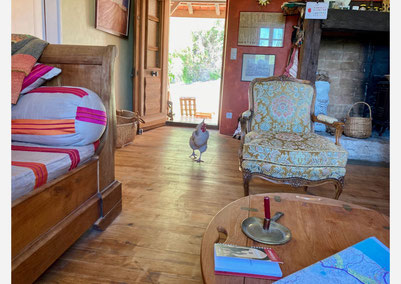
A real Cdh prepared for pilgrims, but with private rooms.
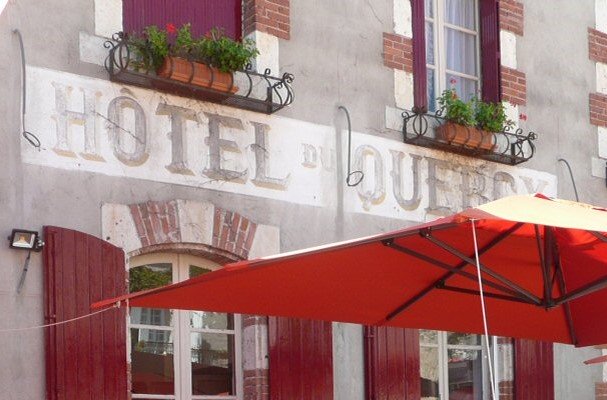
LE QUERCY (formerly “Hôtel du Quercy”) is run by Frédéric Bacou, a simple man and true local boy, who warmly welcomes you to his region of Quercy Blanc, in Lauzerte, a beautiful medieval fortified town (82), considered one of the most beautiful villages in France.
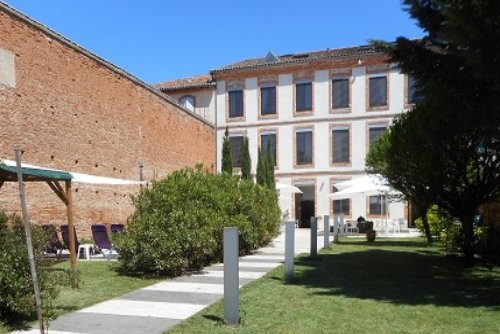
A stone's throw from the abbey of Moissac, in the heart of the old sailors' quarter, the Hôtel l'Armateur was designed as an essential stopover on the paths of Saint Jacques de Compostelle. Located between the Tarn and the Canal du Midi, this 18th century residence offers you a bright and comfortable place, where the omnipresence of bricks gives it a timeless design.
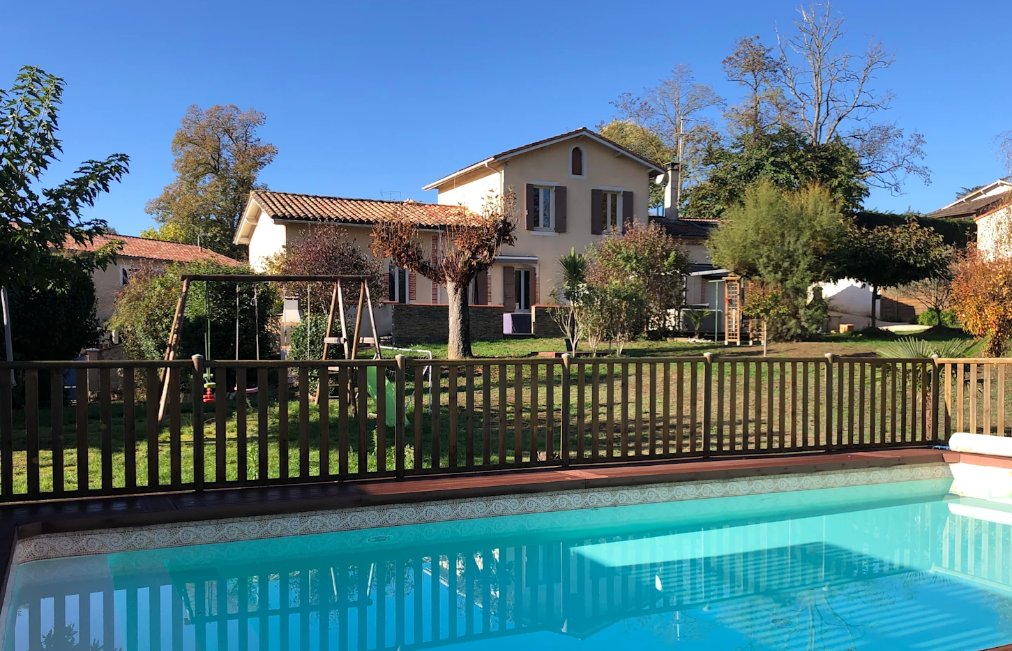
In the heart of Auvillar, voted Plus Beaux Villages de France and an essential stop on the legendary Camino de Compostela, between Agen and Montauban, we welcome you in 2 comfortable adjoining gites, in a quiet area, on a 1,500m2 park with swimming pool, spa, playground and view of the Garonne valley.

This B&B is a beautifully restored 19th century Gascon farmhouse located in Flamarens. The house is located in rolling countryside and has 5 hectares of gardens.
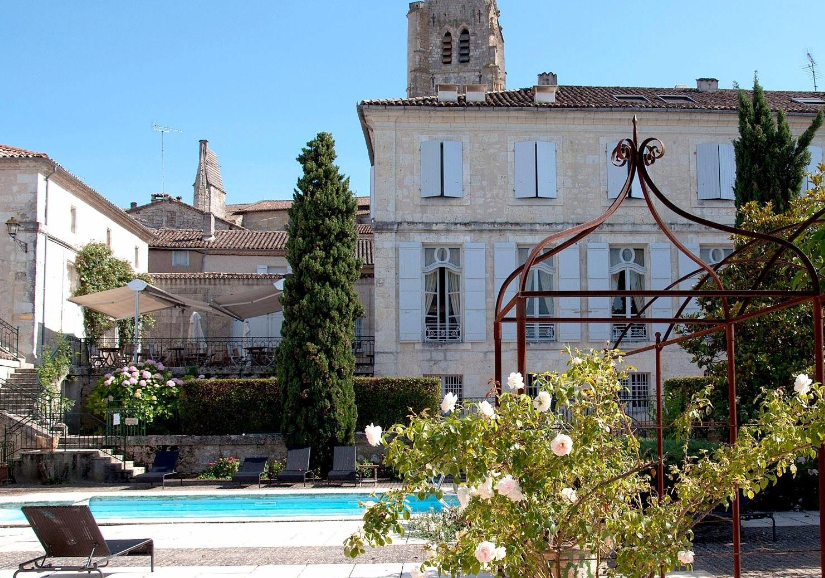
In the spa resort of Lectoure, town of Art & History, enclosed within its ramparts, at the heart of Gascony, welcome to Hotel de Bastard. If you arrive by car you can drive straight into our private garage and on foot you will enter this fine townhouse through a magnificent 18th century porch.

You can start on any day of the week, subject to availability, between April 1st and October 31st.

The best airport of arrival is Toulouse airport (Blagnac), and you can then take a train from Toulouse to Cahors. Also possibility of arrival in Paris airports Charles de Gaulle in the North and Orly in the South. From Paris you can take a train to Cahors.

Arrival in Cahors: From Toulouse airport (Blagnac) to Toulouse train station (Matabiau), you can take a shuttle bus. Then take a train which goes directly to Cahors. From Paris, you can get from Charles De Gaulle airport to Gare Paris Austerlitz using the RER. Then, there is a direct connection from Paris Austerlitz to Cahors.
Departure from Lectoure: At the end of your trip, there is a public bus which leaves from Lectoure to Agen, once every 4 hours. The bus drive takes an hour. From the train station of Agen you can easily reach Cahors or Toulouse.
For timetables and further information check the website of SNCF or rome2rio for all French National trains (SNCF).

Parking informations on request

GPS tracks available
Included
- 7 nights' accommodation with breakfast (except in Cahors)
- 5 dinners
- Luggage transport according to programme
- Access to the trip in GUIBO, the digital guidebook and navigation App
- 24-hour telephone assistance
Not Included:
- Lunchs
- Personal expenses such as drinks, phone calls, additional transfers, etc.
- Tourist tax
Extras
- Single Room Supplement(s)
- Extra nights at any of the standard accommodations along the route
- Shipment of printed documents to the first accommodation
There are no reviews for this trip yet.


























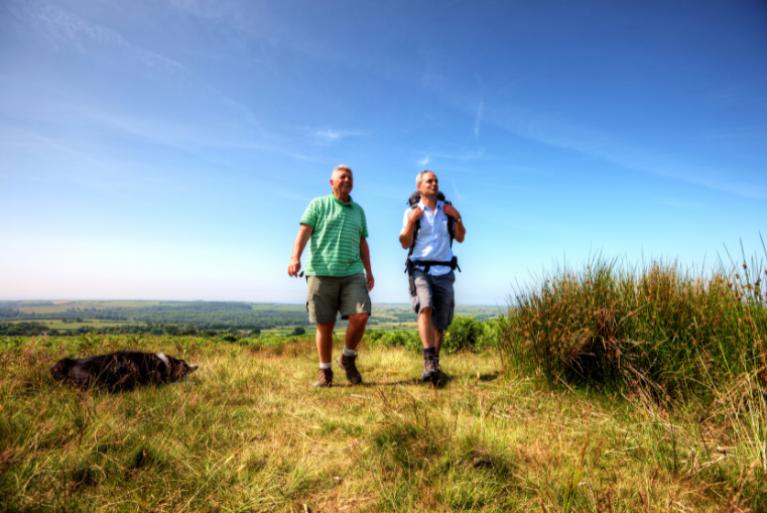


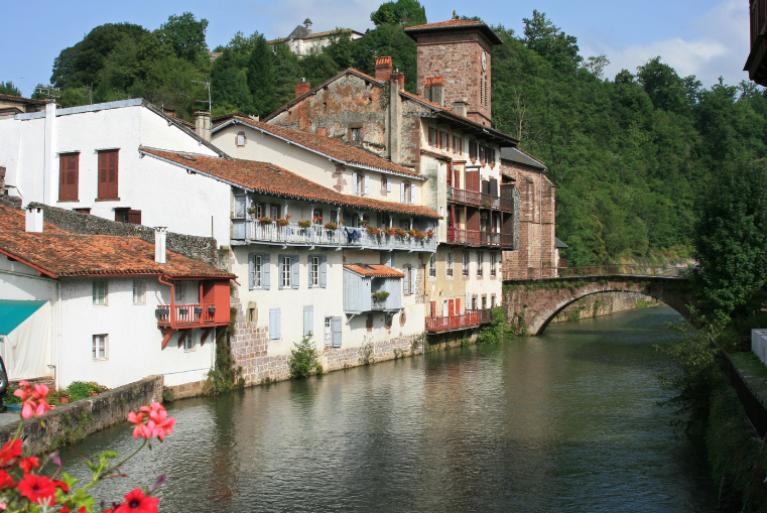


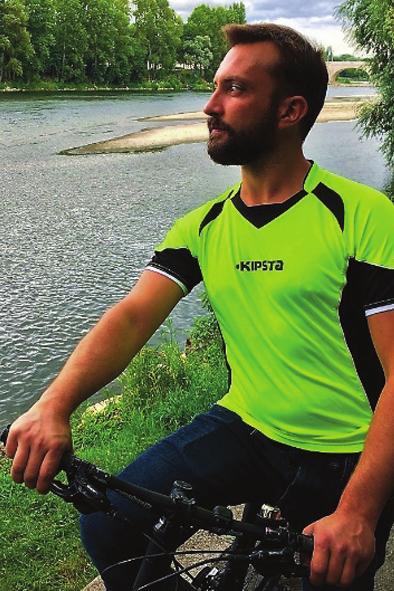


Opening hours: Mon-Fri 9:00am – 6:00pm (CET)
Opening hours: Mon-Fri 9:00am – 6:00pm (CET)